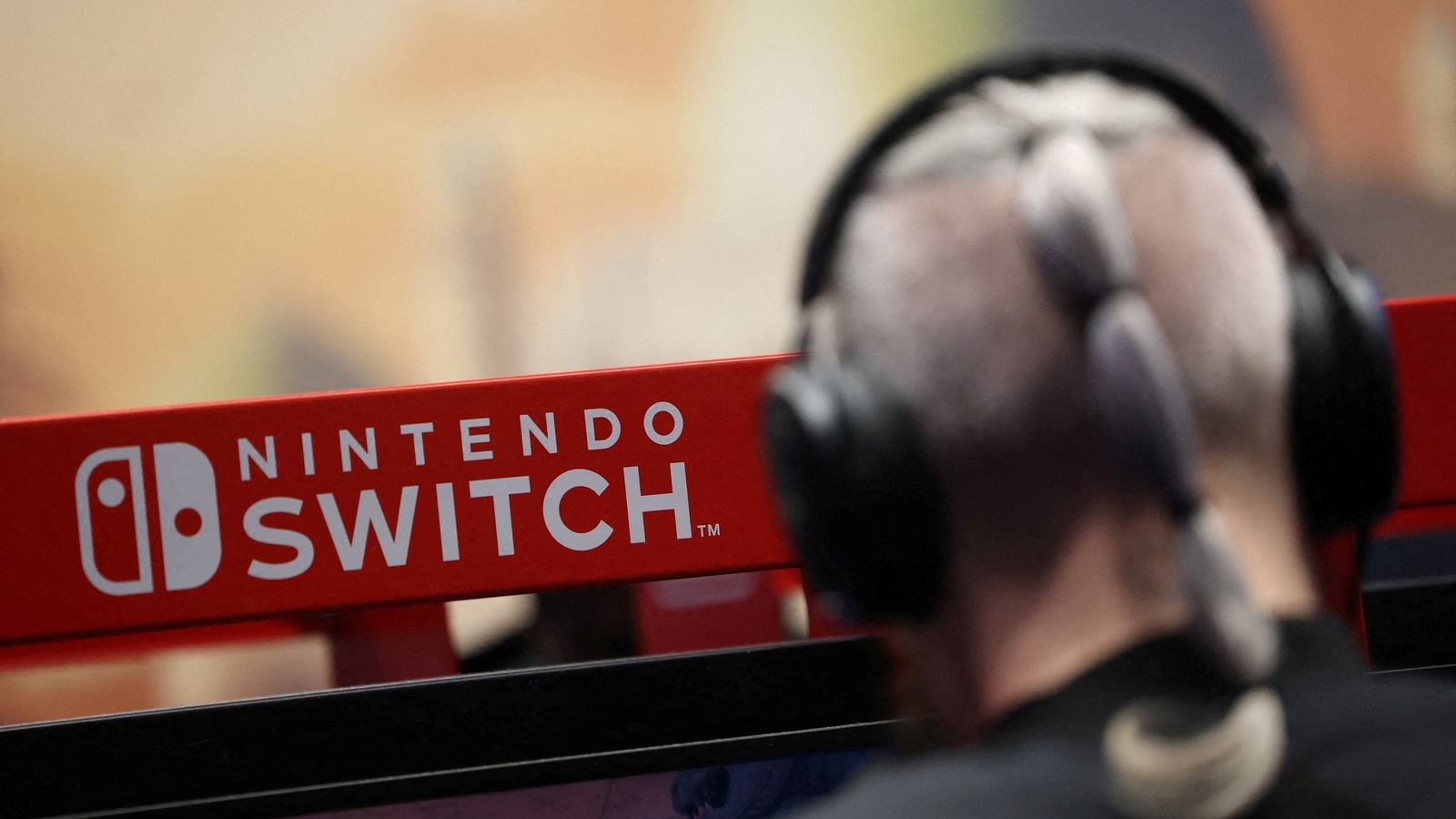It’s Friday. You told us how you feel about ripping out your lawns during the drought. Plus, California lawmakers approve a wave of aggressive new climate measures.
After decades of dedication to their manicured lawns, Californians are finally giving them up amid a worsening drought that’s prompted stringent new water restrictions.
To some, lawns remain a beloved symbol of economic success and domestic stability — and ripping them out feels almost sacrilegious. To others, they’re a dangerous form of blight in a period of extreme water scarcity.
For the past few weeks, you’ve been telling us about how you’ve handled increasing water restrictions and what you’re doing with your lawn (or absence thereof).
Here’s some of what you’ve shared, lightly edited for clarity:
“Water is far too precious here in Napa to be wasted on something as useless as a grass lawn. We hired a professional landscaper to create a xeriscaped garden filled with California natives. It is now teeming with hummingbirds, butterflies, honey bees and other useful pollinators. We use a drip irrigation system and besides some weeding chores, it just does its thing.” — Lynka Adams, Napa
“We have continued to water our lawn. While watering our lawn, we are still below our monthly allotment as prescribed by our utilities provider. In California only 10 percent of water usage is attributed to urban usage, and 50 percent of said urban usage is attributed to landscaping. That means only 5 percent of water used in California is going to watering lawns and stuff. Since my household is below our allotment, and, even if everyone stopped watering their lawns it would only be a max of a 5 percent decrease in total usage, I have a very hard time feeling in any way guilty for having a lawn that brings me some level of joy. I enjoy sitting outside on the lawn in the morning reading the paper and drinking coffee, and I don’t want to give that up for something that will not make a real difference, when the issues come down to large scale agriculture and industry.
Additionally, if we didn’t have a lawn, we would not replace it with drought tolerant plants, as that is a costly investment that we can’t afford (our lawn costs roughly $30 a month to maintain), so there would just be a dirt patch where the lawn currently is. I believe that dirt patch would, in addition to being an eyesore in the neighborhood, increase the risk of fire, and, as grass absorbs CO2 and emits oxygen, be detrimental to the ongoing goals of fighting climate change.” — Jack Sandage, Santa Cruz
“Aiming to save water, avoid dead grass, increase curb appeal, and inspire neighbors, we started the transition to low water landscaping on March 1. We began by removing the grass and walkway. We brought in new soil, installed drip irrigation, built out the hardscaping, then planted young drought-tolerant grasses and species. The entire process took only four weeks.
We love the new look. At lunchtime we sit on the porch to watch as bees, butterflies, moths, and hummingbirds flit about the new habitat.” — Chad Slattery, Los Angeles
Read More About Extreme Weather
“Some 10 years ago at an earlier crisis about the availability of water we tore out the front lawn and other plantings and replaced with gravel and some fairly hefty boulders. Not a bad effect, though for this Seattle boy, the green lawn was a real visual loss. However, time marches on and we’ve become quite pleased with the look.
Now on to our current crisis and our tiny backyard lawn, which began dying a few months ago as we tried cutting back watering. Throwing our hands up in despair over lawn care, we are contracting to have the lawn corpse removed, extend the patio with added shade structure, and make a pathway with pavers rather than greensward. Will be interesting to see where the dogs decide to do their business and how we’ll clean up after them.” — Mark Shier, Fullerton
Where we’re traveling
The Times sent a reporter and a photographer to document the Pacific Coast Trail in the era of climate change. Here’s what they found.
Tell us about your favorite places to visit in California. Email your suggestions to CAtoday@nytimes.com. We’ll be sharing more in upcoming editions of the newsletter.
Tell us
Californians: Have growing concerns about climate change affected how you live your life? Have you made any changes? If so, we want to hear about them. (Have you adjusted any daily routines, changed your job or made new financial decisions?)
Email us at CAToday@nytimes.com. Please include your name and the city you live in.
This is part of a live event that The Times is hosting in San Francisco on Oct. 12 examining our collective response to the climate challenge. Learn more.
And before you go, some good news
The Los Angeles Public Library has over 70 branches, which offer, of course, books you can borrow for free. But there’s a whole host of other nonbook things you can check out from L.A. libraries, too.
At 17 branches, you can borrow a ukulele, each with its own case, book of chords and a tuner.
Marc Horton, a librarian at the San Pedro branch who came up with the idea, chose the Hawaiian mini-guitars because they’re small, inexpensive and low maintenance. “They’re a “gateway instrument … a forgiving, unintimidating” piece that can spark interest in other ways to make music, he said.
Other cool items available at the L.A. libraries include state park passes, gardening tools, laptops and more. Read more from The Los Angeles Times.
Thanks for reading. We’ll be off Monday because of Labor Day. See you on Tuesday. — Soumya
P.S. Here’s today’s Mini Crossword.
Briana Scalia contributed to California Today. You can reach the team at CAtoday@nytimes.com.
























